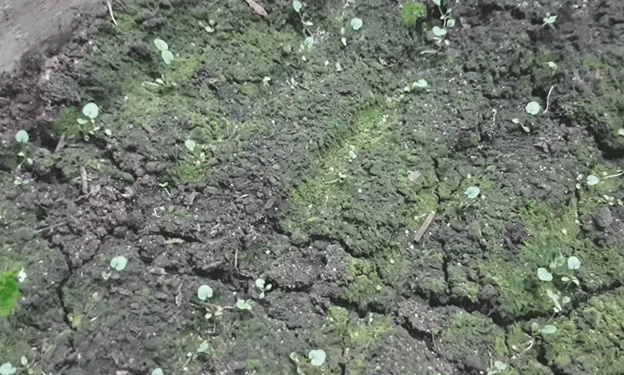Impact of Irrigation Methods on Soil Microbial Communities
Irrigation practices are known to profoundly influence the distribution of soil moisture, which in turn affects microbial communities responsible for critical processes like nutrient cycling. In a recent field experiment conducted in California, scientists compared the effects of SDI and FI on soil microbial communities and their interaction with C and N resources under both organic and conventional management systems. The study sampled soils at two depths (0-15 cm and 15-30 cm) and at various distances from the bed center, where the drip tape is located.
Microbial Biomass and Community Composition
One of the key findings of the study was that SDI led to lower microbial biomass C (MBC) at the soil surface compared to FI. This reduction in microbial biomass was particularly evident at the edges of the bed, where soils remained dry for extended periods. The build-up of soluble C and N in these dry areas, relative to MBC, suggests that microbes had limited access to these resources, potentially due to the lack of moisture necessary for microbial activity.
Moreover, the study revealed significant differences in microbial community composition between the two irrigation methods. Under SDI, Actinobacteria became more prevalent, while FI-favored Acidobacteria and Gemmatimonadetes. These shifts in microbial populations are likely linked to the distinct moisture regimes created by each irrigation method. Actinobacteria, for instance, are known for their resilience to dry conditions, which explains their dominance in SDI-treated soils.
Interestingly, areas of the bed that remained dry, regardless of the irrigation method, exhibited the highest alpha diversity indices. This finding underscores the role of moisture availability in shaping microbial diversity and suggests that dry conditions may create niches for a wider range of microbial species, though not necessarily those that are most active in nutrient cycling.
Organic vs. Conventional Management
The study also highlighted the role of long-term organic and conventional management in influencing microbial responses to SDI and FI. Soils under organic management consistently showed higher MBC, dissolved organic carbon (DOC), and a greater relative abundance of Proteobacteria and fungal lipids, irrespective of the irrigation method used. This suggests that organic management practices, which often involve the addition of organic matter, may buffer some of the negative impacts of SDI on soil microbial communities by providing more consistent resource availability.
Decoupling of Carbon and Nitrogen Cycles
One of the most concerning findings of the study is the decoupling of C and N cycles in dry surface soils under SDI. The prolonged dry conditions appeared to limit microbial access to resources, leading to a build-up of DOC and nitrate. This decoupling is problematic because it can increase the potential for losses of DOC and nitrate with the first rains of the winter season, a common occurrence in Mediterranean climates. Such losses not only represent a waste of valuable nutrients but also pose environmental risks, such as nitrate leaching into groundwater.
The study’s findings align with observations in non-agricultural systems, where the severity and frequency of moisture changes, along with the availability of resources, dictate microbial responses. In agricultural systems, where inputs like fertilizers and organic amendments are carefully managed, this decoupling could have significant implications for soil fertility and sustainability.
The adoption of Subsurface Drip Irrigation in California’s Mediterranean agroecosystems presents a double-edged sword. While SDI improves water use efficiency and supports crop productivity, it also alters soil microbial communities and decouples critical carbon and nitrogen cycles. These changes, driven by extended soil surface drying, could have long-term implications for soil health, nutrient management, and environmental sustainability. As farmers, agronomists, and agricultural engineers continue to innovate in irrigation management, it is essential to consider these microbial and biogeochemical dynamics to optimize both yield and sustainability.












